We help Pharmacists & Pharmacy Assistants looking for a Bridging Loan
Purchasing a new home while still owning your current one can be a complex process, especially for pharmacists and pharmacy assistants who are busy with their demanding careers. Bridging Loans offer a practical solution to bridge the financial gap between buying a new property and selling the old one. At Pharmacist Home Loans, we help you access Bridging Loan options from banks and lenders across Australia, ensuring a smooth transition during your property purchase journey.
When considering a Bridging Loan, it's essential to understand how it works and the benefits it offers. A Bridging Loan is a short-term loan, typically for a term of 6 to 12 months, designed to assist homeowners in buying a home before selling their existing one. If you're building a new property, the term can extend up to 12 months. One of the primary considerations is the interest rate, which can be either fixed or variable. Fixed interest rates provide stability, as your repayments remain constant throughout the loan term. On the other hand, variable interest rates may fluctuate based on market conditions, potentially offering lower rates but with the risk of increases over time.
Another critical factor in Bridging Loans is the Loan to Value Ratio (LVR), which impacts your borrowing capacity. The LVR is the ratio of the loan amount to the value of the property being purchased. A higher LVR may require you to pay Lenders Mortgage Insurance (LMI), an additional cost that protects the lender in case of default. Your credit history also plays a significant role in determining the interest rate and loan approval. A good credit history may qualify you for interest rate discounts, making the loan more affordable.
Calculating Bridging Loan repayments involves understanding terms like Peak Debt and End Debt. Peak Debt is the total amount borrowed, including the contract purchase price of the new home and any remaining mortgage on your existing property. End Debt is the amount left after selling your old home and applying the proceeds to reduce the loan balance. Interest Capitalisation is another feature where interest is added to the loan balance instead of being paid monthly, helping manage cash flow during the transition period.
The application process for a Bridging Loan can seem daunting but is manageable with proper guidance. Initially, you'll need to provide comprehensive documentation, including bank statements, proof of income, and details about your existing mortgage and new property. Getting pre-approved can streamline the application process and give you confidence in your financial situation. Once pre-approved, you can better understand your borrowing capacity and make informed decisions about whether you should buy or sell first.
When evaluating Bridging Loan options, consider additional features that can offer financial flexibility. An offset account, for example, can reduce the interest payable by offsetting your loan balance with savings or other deposits. Also, look at different Bridging Loan rates offered by various lenders to ensure you get the best deal possible.
Understanding your local property market is crucial when timing your property transactions. In a booming market, it might be advantageous to buy first, as property values are likely to rise. Conversely, selling first in a slower market could be less risky and provide a clearer picture of your financial situation before making another purchase.
At Pharmacist Home Loans, we are committed to helping pharmacists and pharmacy assistants navigate their home loan options effortlessly. Our team works with you to ensure you find the most suitable Bridging Loan solution tailored to your needs.
If you're considering a Bridging Loan to facilitate your next property purchase, contact us today for personalised advice and support. Let us help you bridge the gap and make your home buying experience as seamless as possible.




